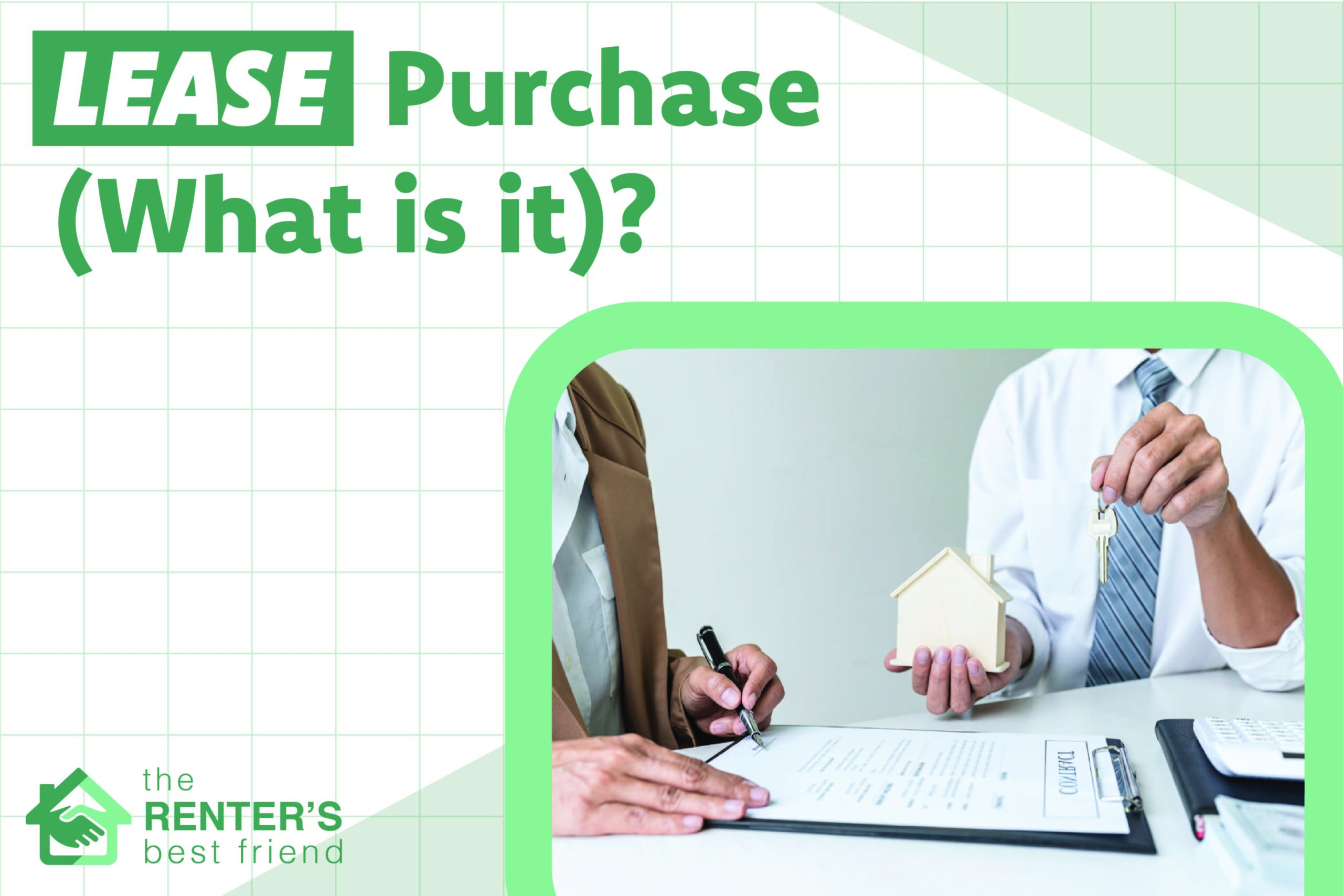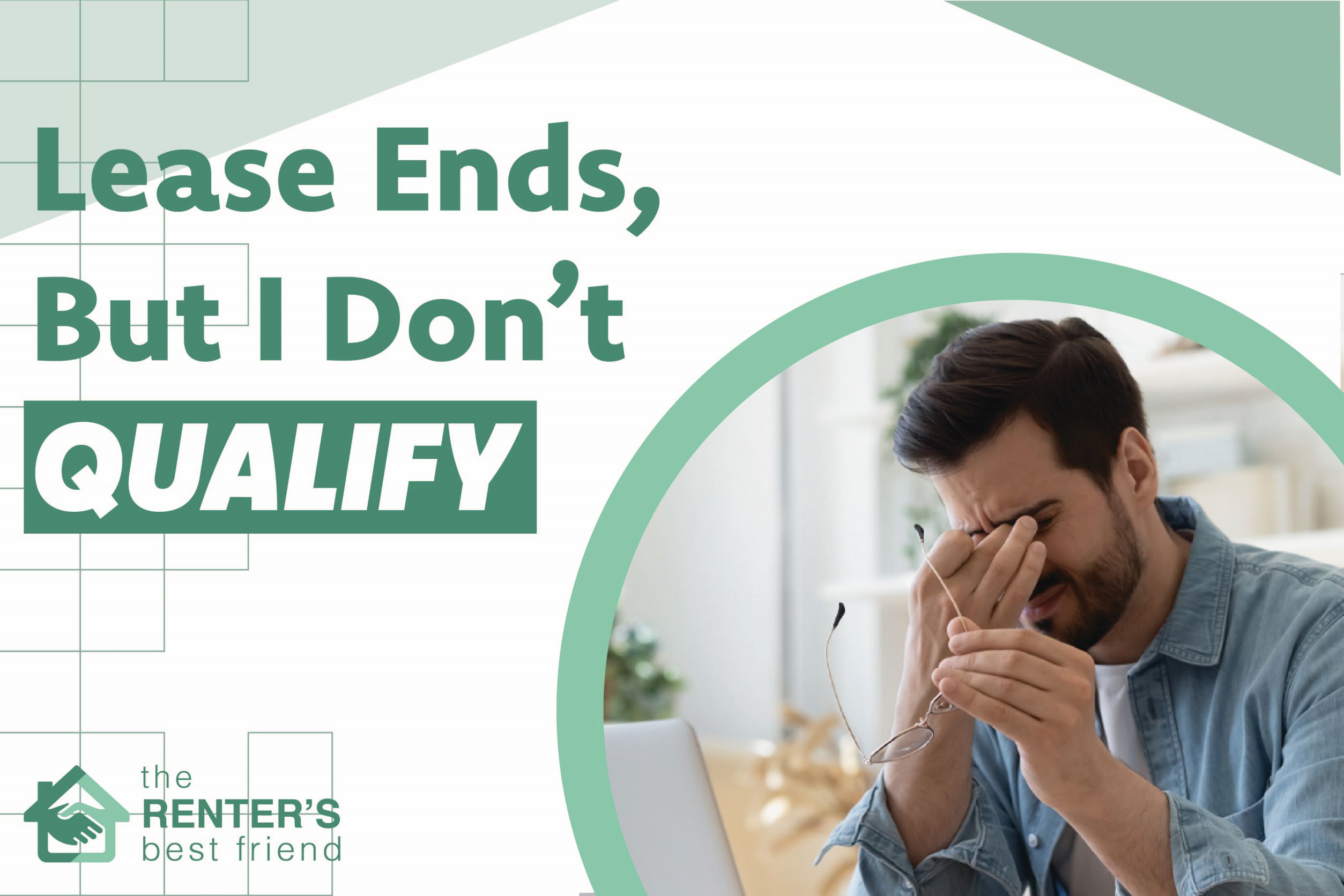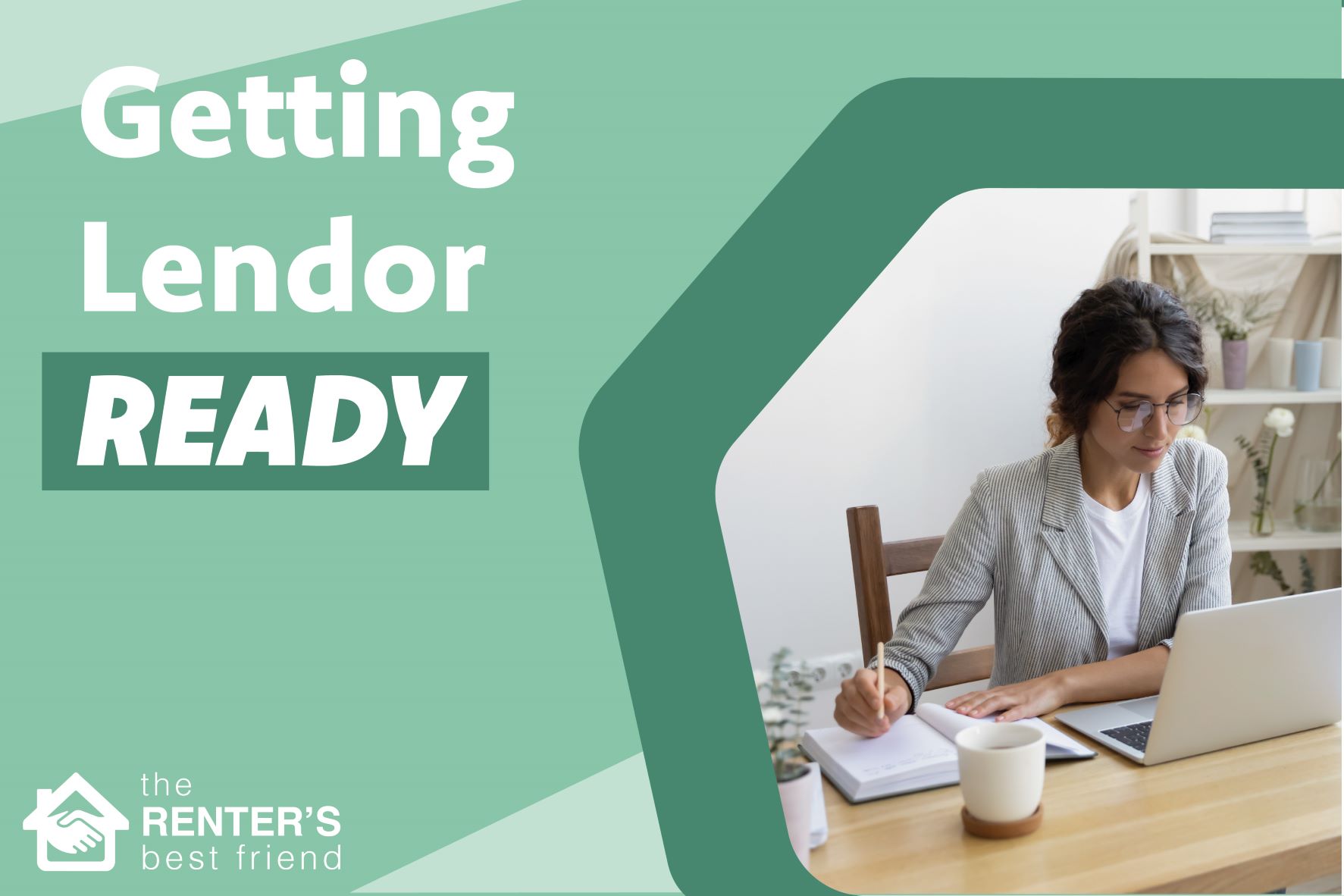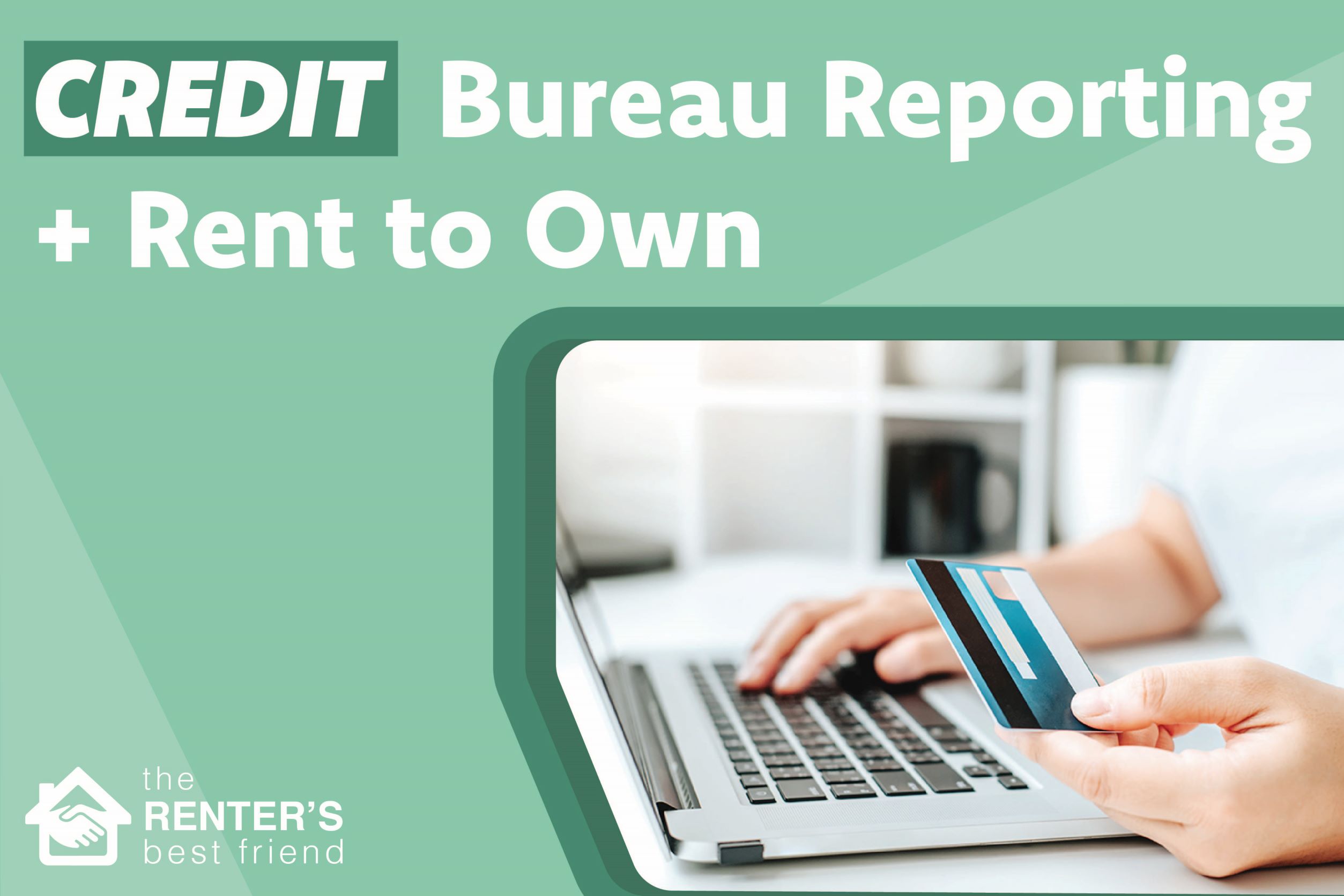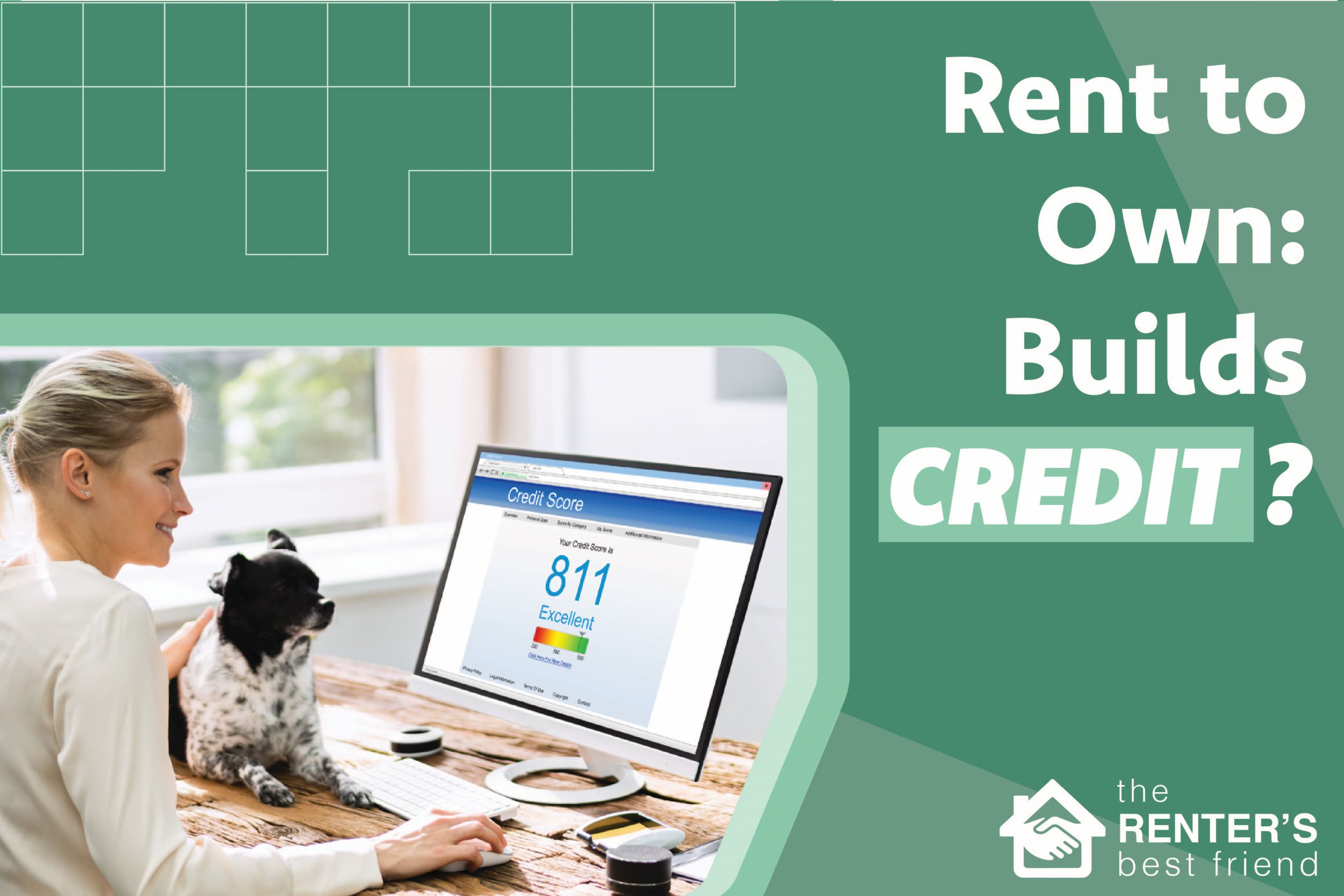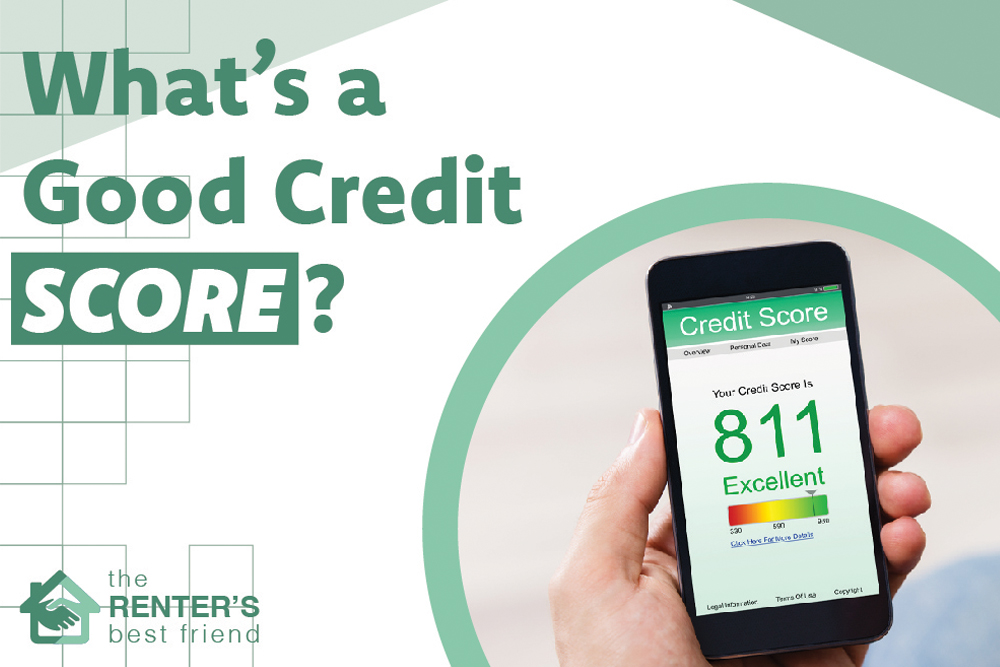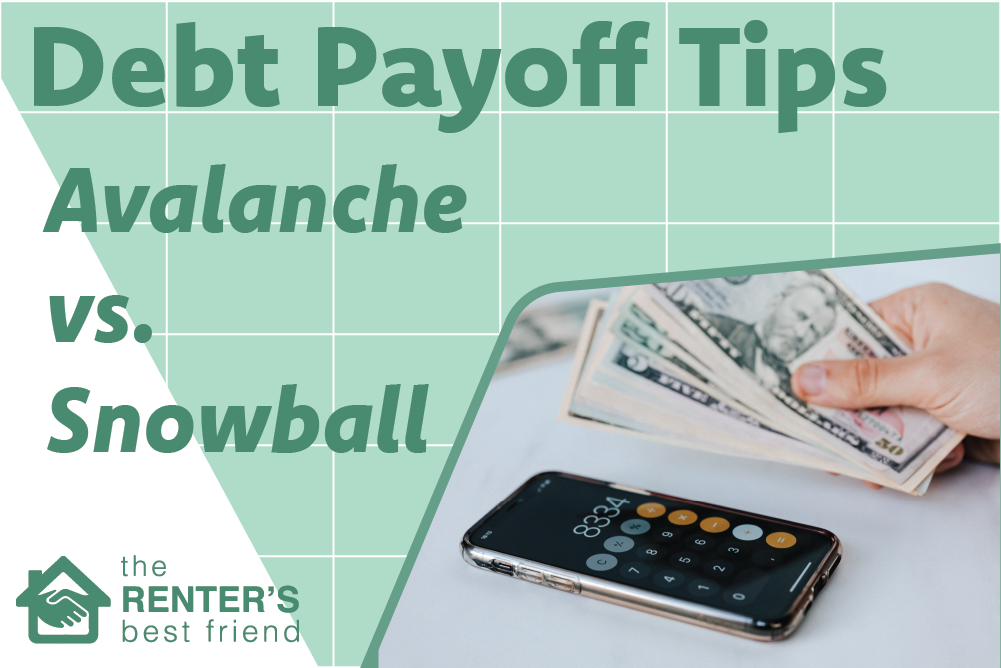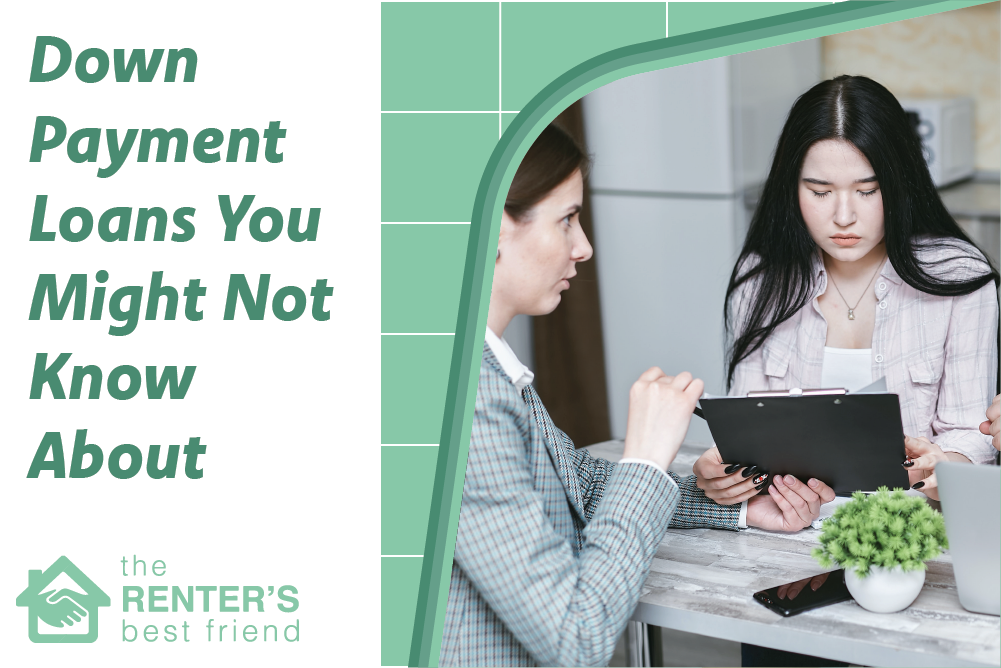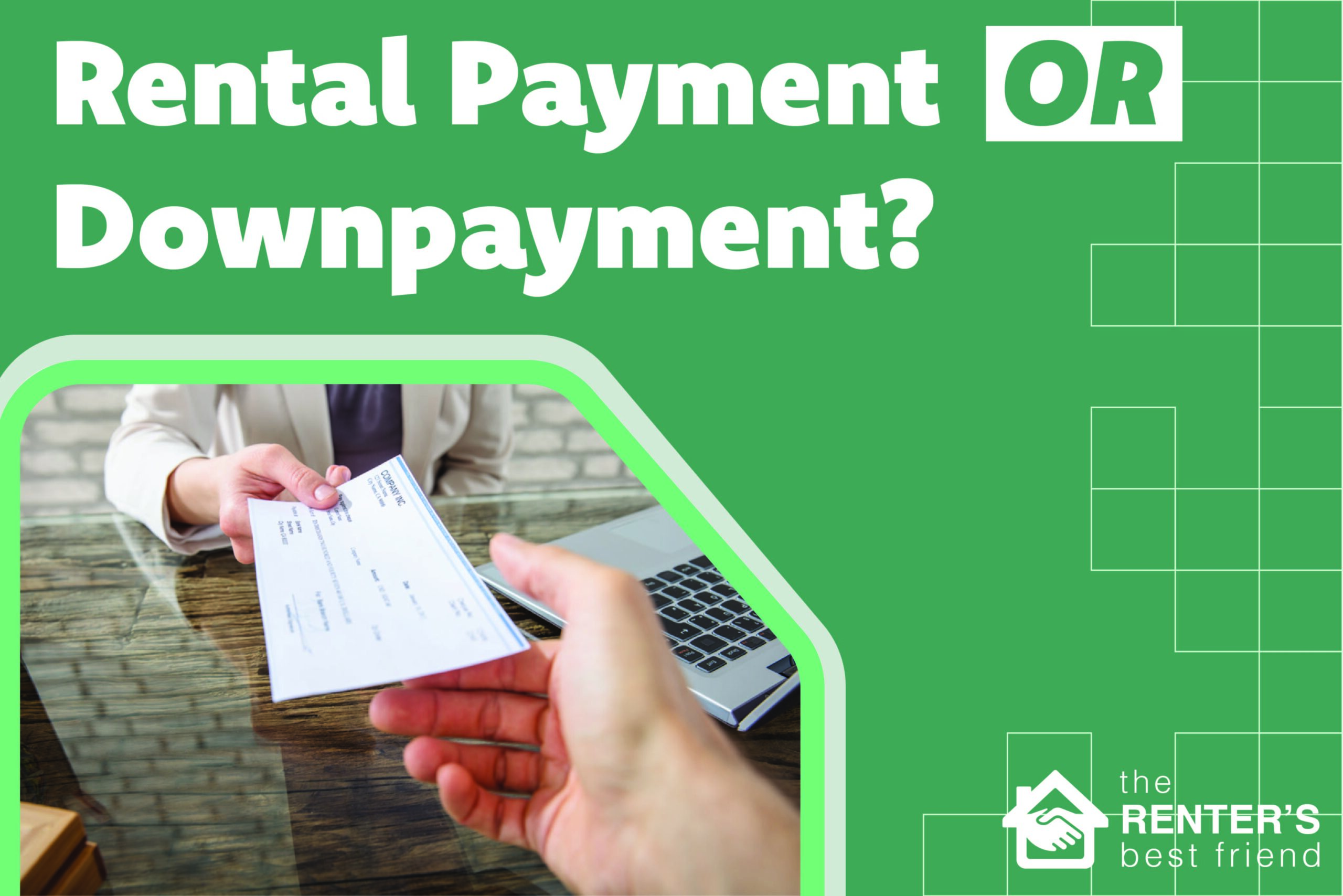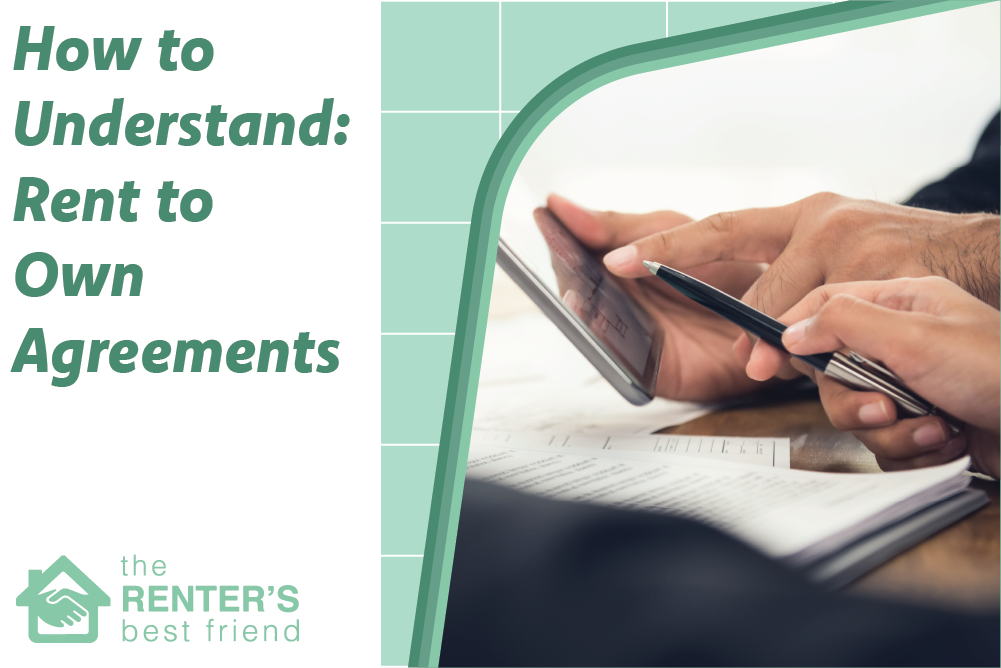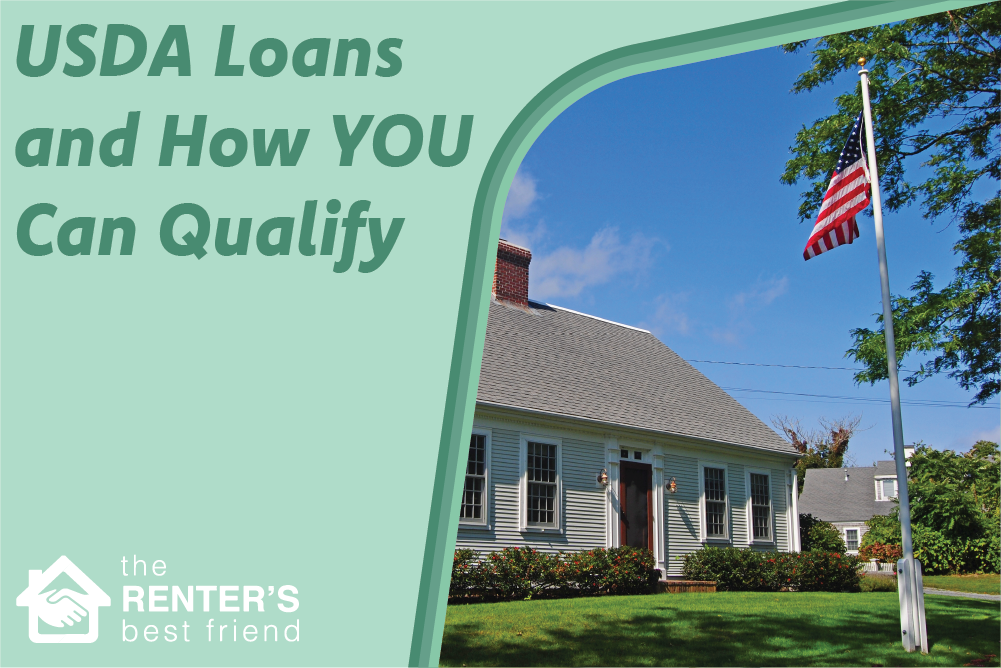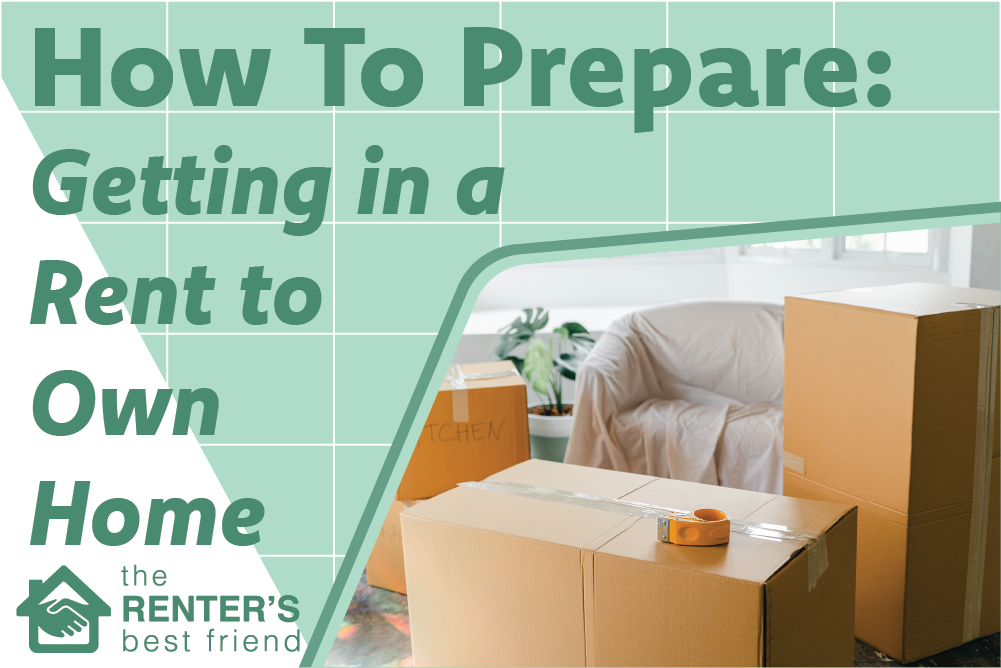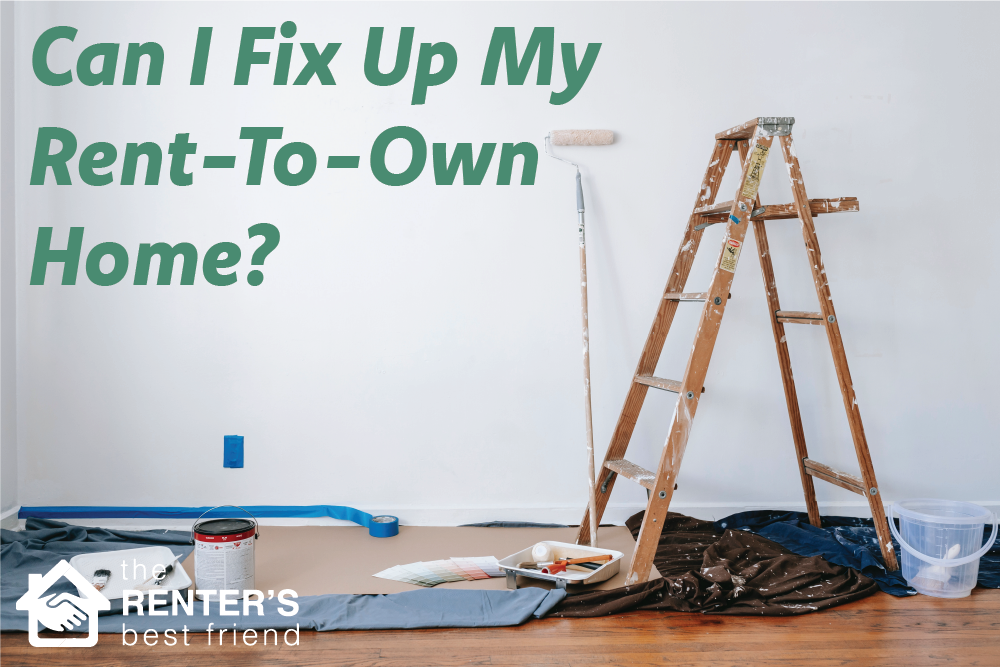Just like other legally-binding contracts, signing a rent-to-own lease can be stressful. They are written in language that can be difficult to understand the exact meaning of and are filled with legal jargon. Add to that the promise of owing someone a large chunk of money for a long time as the entire process can be incredibly overwhelming. By learning a bit about the terms you will likely see in most agreements, you will be better prepared to understand exactly what you are agreeing to.
So what exactly is a rent-to-own lease? This type of contract is an agreement between a landlord or lessor (the person who owns a real estate property) and a tenant or lessee (someone who will live in that property for a specified period of time), with the possibility of the tenant purchasing that property from the landlord when the lease has expired. The lease will outline the obligations and conditions under which the tenant is allowed to occupy, possess, and use the property and which obligations are to be met by the landlord.
Many people might feel inclined to simply sign the lease immediately upon receiving it to move things along as swiftly as possible. But trusting that the landlord has your best interests in mind and has covered all of the necessary bases is a mistake. These contracts are drafted with their best interests at heart and you need to take responsibility for protecting yourself. You could wind up in serious financial and legal trouble if you default on what you agreed to when you signed this legally binding contract.
Before you ever sign on that dotted line, you need to read, re-read, and understand your rent-to-own lease thoroughly. Take the time you need and ask if you need clarifications or have questions. If the lease comes with riders, make sure to apply the same level of scrutiny to those.
Your Contract Should Include Details About the Property
You should make certain that the lease contains certain kinds of information about the rent-to-own property, even if it seems basic and obvious. Make sure that it lists the landlord’s contact information, the landlord’s name, and the physical address of the property. It should also include the beginning and end dates of the rental period, the date that the lease is being signed, and what exactly happens when the lease ends.
Lease Option versus Lease Purchase
The specific details contained within any rent-to-own contract can be vastly different from one to another. However, there are two basic categories that most of these leases fall into – lease option or lease purchase. Both of these permit you to rent a home for a specific number of years (usually 1 to 3) and terminate with you likely buying the property. They both also typically set the total purchasing price of the home at the time of signing the contract. There is one fundamental difference between these two types of agreement, however. Let’s break it down.
- Lease Option Agreement. This type of agreement means you are granted the right to buy the home once the lease expires, but you are not obligated to do so. If you choose not to or cannot afford to purchase the home, you can walk away without any legal consequences. Lease option contracts also usually carry an option fee that you must pay upfront – typically 2 to 7% of the property’s total purchase price. Monthly rent for this type of agreement is usually a little higher than the market average for the area where they are located. Just be aware that, if you do not buy the home once the lease expires, the option fee and any money paid toward rent will be lost.
- Lease Purchase Agreement. This type of agreement means that you a legally bound to buy the home at the end of the lease. Once you sign that paperwork, you are locked into that obligation and at the agreed-upon price. As the cost of the property is settled at the time the contract is signed, you know how much you need to save and how large of a loan you will eventually need to acquire. Usually, a lease purchase agreement dedicates a larger percentage of your rent payments each month toward the eventual sale of the property. Be aware that if you change your mind or find that you cannot afford to buy the home once the lease has elapsed, you may face legal ramifications.
Demystifying Your Rent-to-Own Lease
Now that we have touched on the two types of rent-to-own lease agreements, let’s discuss some of the terminologies you may see contained within those contracts. It is vital that you read your lease carefully, including all of the fine print and riders included. When you sign this document, you are binding yourself to these terms and specific details in a legal sense. So it is best to thoroughly understand exactly what you are agreeing to before you ever pick up that pen.
As with any legal contract, do not rely on any verbal agreements. Get everything detailed in writing before you sign.
Rent Term and Monthly Rent Amount
The majority of rent-to-own leases are usually between 1 to 3 years in length. The contract should clearly define the exact amount of rent that is due with each payment, as well as what date that payment is due every month. It should also define whether or not a grace period exists for late payments and what the late charges may be applied if that were to happen. If you find any of this information missing, or if there is anything about it that is unclear, you need to ask for it to be changed in the documentation.
Security Deposit
Rental leases almost always require you to pay a security deposit upfront, and rent-to-own leases are no different. This deposit protects the landlord from having to pay for property damages that may be caused by a tenant. If you purchase the home at the end of your lease term, that deposit should be applied to the total purchase of the home. In many leases, this can be equal to the first and last month’s rent. You should check the specifics outlined in your particular lease, which should also detail under what conditions the landlord can retain your security deposit.
It should be noted that a lot of devious landlords try to make extra money in this area by claiming that you made damages that existed before you moved in (or sometimes by claiming damages where none exist). When you move in, document the condition of everything and take pictures to protect yourself from these types of dishonest claims.
Pet Policy
Rent-to-own landlords may be more lenient than those that oversee normal rental properties, but you still need to make absolutely certain of the policy before you make any assumptions. Most landlords that do allow pets will only do so if there is an additional fee associated. Many leases will also place limitations on the breed, size, or weight of the pets that are allowed.
Most of these fees are flat, nonrefundable deposits that are used to treat and repair the normal wear and tear left behind by an animal living in the home. This could include deodorizing, treating for fleas, and shampooing the floors once you have moved out. Some leases even contain an additional “per rent” that is charged on a monthly or yearly basis. Again, check the specific details outlined in your agreement and, if they are unclear, ask that they be better defined before you sign.
Assorted Additional Fees
It is not uncommon for there to be several other fees and charges associated with a lease, beyond even the application fee, monthly rent, pet fees, and security deposit. Just be certain that you understand the justification behind each of them and that you feel like they are legitimate. As with everything else, the specific details need to be included in the lease itself – including the exact amount and the frequency with which these fees must be paid. You are also well within your rights to negotiate any of these terms. Ultimately, if you are not satisfied with the reasoning or the amounts due, you should walk away from the deal before you sign the contract.
Are Utilities Included?
While not the typical arrangement, some landlords may prefer to pay for certain utilities like electricity, sewer services, and water. Look for the specifics in your particular lease that identify which utilities might be included or which you may be expected to cover yourself.
Repair & Maintenance
You also need to familiarize yourself with who is the responsible party for the major repairs and maintenance needed for the home. While replacing light bulbs and mowing the lawn are likely things that you will need to keep up with, you should not assume that your landlord will be the one to pay to replace a broken air conditioner or leaking bathtub. Replacing or fixing major appliances or broken systems in a home costs a lot of money and time.
While in normal rental lease agreements these types of repairs would be covered by the property’s landlord, that is not always the case with rent-to-own leases. Some landlords will cover repairs and maintenance until a certain date, at which time that responsibility then transfers to the tenant. Keep in mind that there is a good chance that you may be the owner of the home one day, so making the decisions about what and how things are repaired and replaced could be a long-term benefit.
Roommates & Subletting
Roommates are a trickier situation when talking about rent-to-own homes as opposed to a more traditional rental lease. Because the intention is for the tenant to eventually purchase the home, having people who are not legal spouses or partners with a claim to the same piece of property could lead to issues. However, that doesn’t necessarily rule out the possibility of having roommates in a rent-to-own property.
Depending on the terms detailed in your lease, you may be able to sublet a portion of the property to someone else. Typically, you would draw up a sublease or contract of your own, between you and any roommates you might take on. They would then pay you a portion of what you owe each month to your landlord. Obviously, the details of this lease would be separate from the one you signed with the owner of the property. If this type of arrangement is allowed, it would be wise to maintain much of the same conditions contained within the original lease, to make sure that any potential roommate would not violate your original agreement with your landlord.
Again, you need to read your rent-to-own agreement very carefully to determine if this is even a possibility. If this is something you are considering and it is not specified, have your landlord clearly outline terms in writing.
Acceptable Property Usage
Think of these more as general house rules that need to be upheld, usually as a means of protecting the property and the neighborhood it is located in. They may be as simple as making sure that the home is only used as a private residence for the lessee and their immediate family members. Alternatively, these conditions could contain any number of particular details about what is and is not allowed while you live in the home – such as quiet hours, smoking, property alterations, or right of entry by the landlord. Make sure that you understand what these conditions are and that you are comfortable agreeing to observe them before you sign. If you are not, you can negotiate them or walk away from signing the contract.
Eviction
Rent-to-own lease agreements are notoriously easy to unknowingly break because there is no standard contract. Each has its own specific details and terms contained within. This is why it has been stated multiple times within this article about the importance of reading and fully understanding your particular lease. If you default on any of the conditions or terms contained within your contract, your landlord has grounds to evict you unless otherwise specifically stated. For example, without a grace period being detailed in writing, even missing a rent payment by a single day is legal grounds for eviction.
Bottom Line: Know What You Are Getting Into
The best way to understand your rent-to-own lease is to read through it. Read through it more than once. Ask questions and get clarification where you need it. This is a legal contract and, once signed, you will have to honor all of the terms contained within it. So you need to make sure that you understand exactly what you are agreeing to before you put your name on that dotted line.
If you still have uncertainties after reading it over a few times, consider hiring a real estate lawyer to help you go through the lease agreement. Once you and your landlord have both signed, make sure to keep a copy of the contract for your own records.
While these kinds of legal documents can be a bit overwhelming, you can feel confident in taking this next step if you know how to protect yourself and your future. Educate yourself and do your homework, and you could be well on your way to owing your own home in no time.


